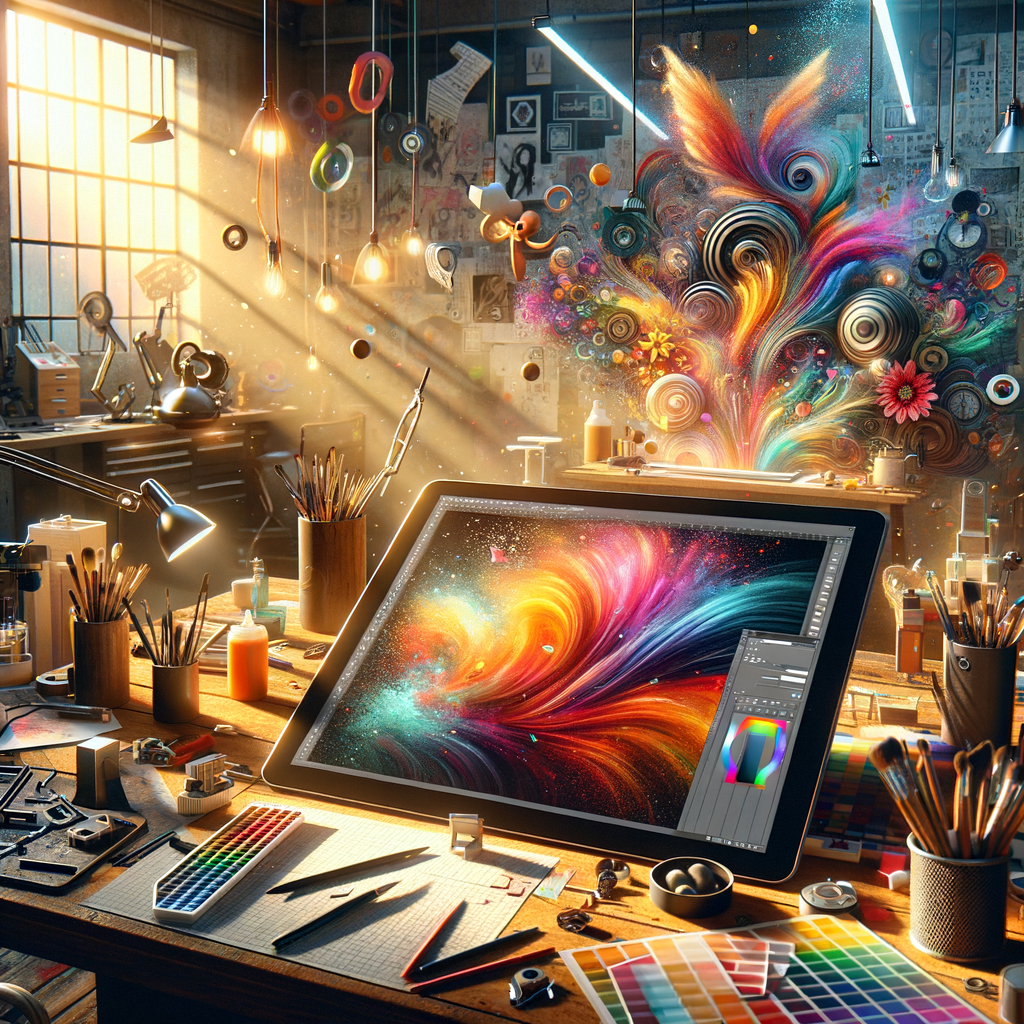
Digital painting has transformed the landscape of artistic creation, offering unparalleled freedom and flexibility to artists of all levels. Whether you are just starting or have been painting digitally for years, understanding the various techniques and tools available can enhance your skills and elevate your art. This article delves into essential practices, recommends the best brushes and software, and provides insights into color theory and character design, helping you on your journey to mastering digital painting.
Digital painting is an incredible medium that combines traditional art skills with modern technology. With the right techniques and tools, artists are capable of creating stunning, lifelike images and unique styles. This comprehensive guide will walk you through the key aspects of digital painting, whether you are a seasoned professional or a beginner discovering the world of pixels and brushes.
Understanding the Digital Canvas
The digital canvas differs significantly from traditional paper or canvas. In this section, we will discuss:
- Different types of digital canvases available
- The importance of resolution and size
- How to set up your workspace for enhanced productivity
Choosing the Right Software
An important steps for any digital artist is selecting suitable software. Here, we explore popular digital painting programs and their unique features:
- Adobe Photoshop: The industry standard for digital artists
- Corel Painter: A painter’s paradise with natural media emulation
- Krita: Open-source software for illustrators and concept artists
- Procreate: A powerful tool on the iPad for artists on-the-go
Essential Tools & Brushes
To achieve your artistic vision, having the right tools is vital. This segment covers:
- Finding the best brushes for different styles
- Customizing brushes for unique effects
- The role of tablets and styluses in digital art
Color Theory: The Foundation of Digital Painting
Color is one of the most critical elements in digital painting. In this section, we will dive into:
- Understanding color theory and its components
- Using color wheels and palettes effectively
- Tips for selecting color schemes that enhance your work
Developing Your Artistic Style
Your artistic style is what sets you apart from other artists. We will discuss:
- How to experiment with different techniques
- Drawing inspiration from other artists
- Finding your voice and consistency in your artwork
Techniques for Creating Realistic Artwork
Creating a realistic painting requires attention to detail and specific techniques. This portion of the article includes:
- Understanding light and shadow
- Texturing techniques for lifelike surfaces
- Working with perspective and composition
Creating Dynamic Characters
Character design is a fascinating aspect of digital painting. Explore:
- Basic anatomy and proportions for character creation
- Techniques for conveying movement
- Adding personality and emotion to your characters
Tips for Overcoming Creative Blocks
Every artist faces creative blocks. Learn how to:
- Engage in warm-up exercises to inspire creativity
- Set challenges to spark new ideas and concepts
- Establish a routine that enhances your creative flow
Sharing and Selling Your Work
With the rise of digital art, there are numerous platforms for artists to showcase and sell their work. This section will highlight:
- How to build an online portfolio
- The importance of social media for artists
- Exploring platforms for selling your art
Conclusion
Mastering digital painting requires dedication, practice, and a willingness to explore new techniques. With the right tools and knowledge, you can create stunning artworks that resonate with audiences. Continue to experiment, learn, and grow as an artist, and you'll be on your way to finding your unique style in the vibrant world of digital art.

